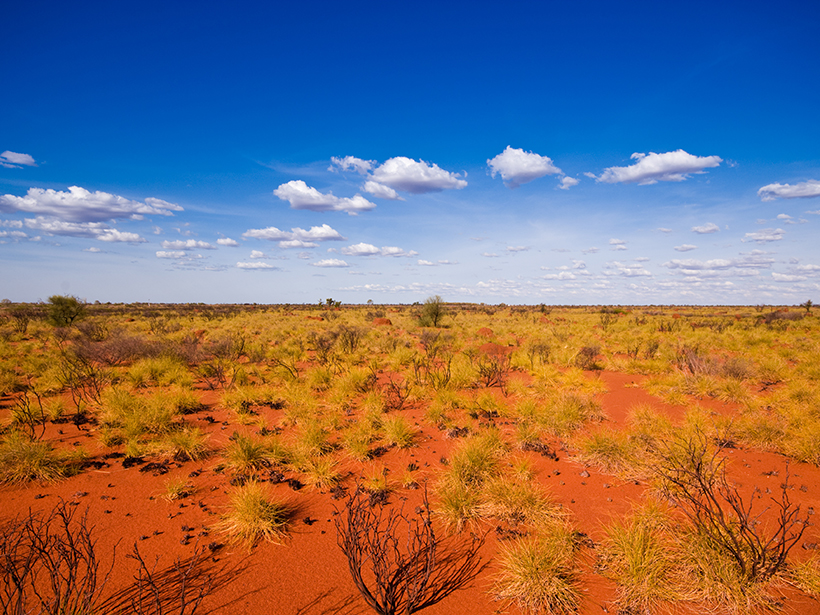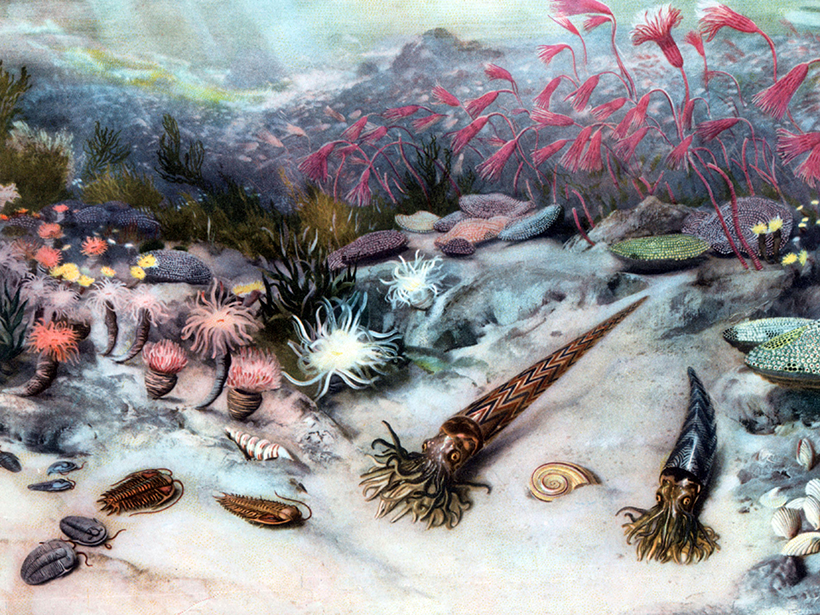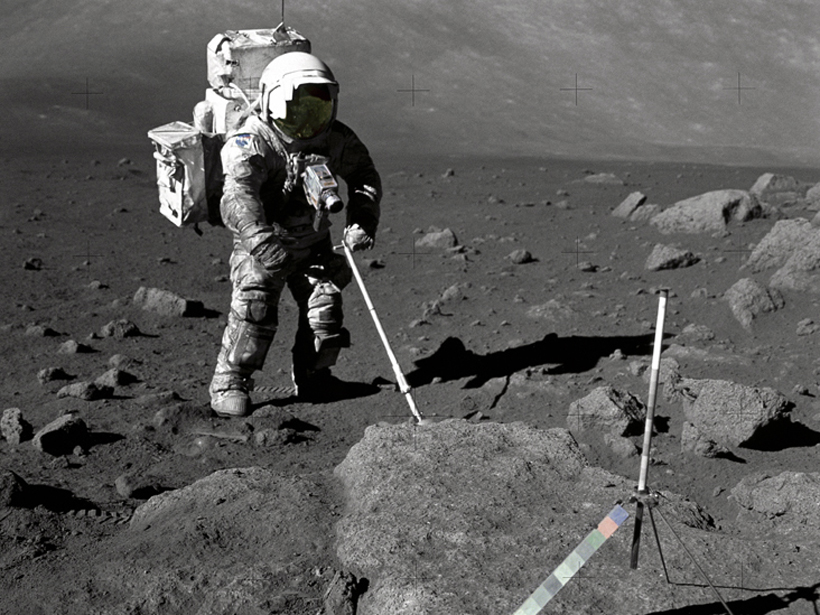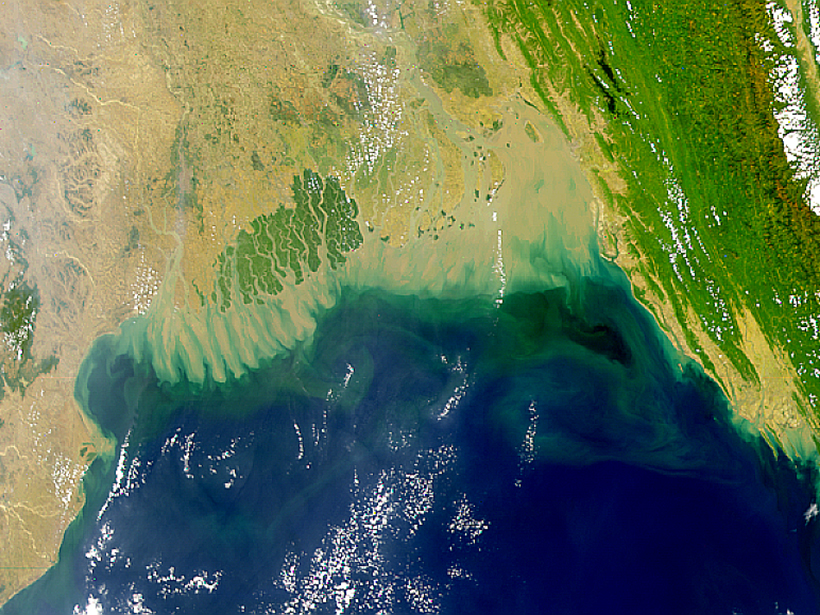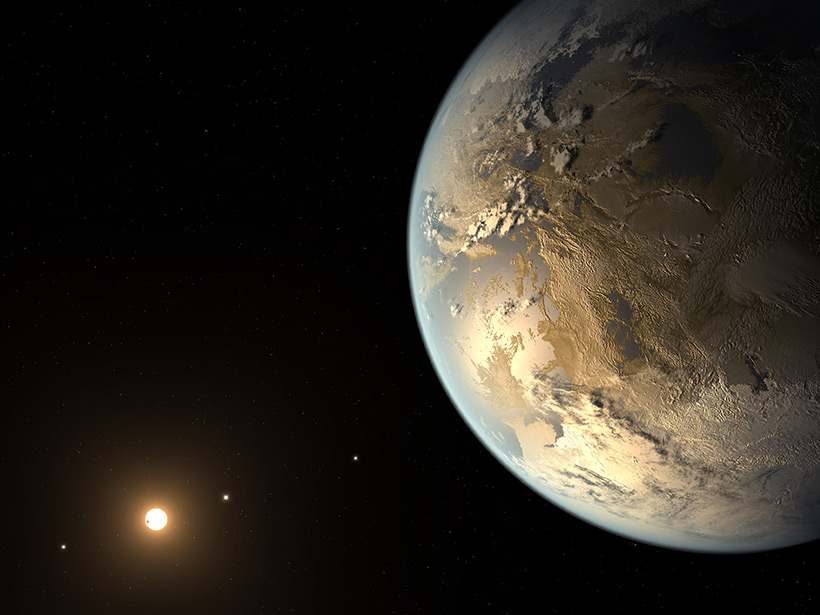Seven proposals recently funded by the National Science Foundation will ensure more access to laboratories that specialize in geochronology.
early Earth
Unraveling the Origins of Australia’s Ancient Mountain Chains
New data synthesis suggests that varying rates of trench retreat along the margin of the Gondwana supercontinent were responsible for the curvature of the Tasmanide mountain chains.
How Did Life Learn to Breathe?
Scientists unravel the conditions under which life evolved to breathe oxygen—and the findings have some stellar implications.
Tiny Algae May Have Prompted a Mass Extinction
Dead algae sinking to the ocean floor may have sequestered carbon 445 million years ago, triggering the glaciation that accompanied the Late Ordovician mass extinction.
Cobalt Key to Development of Early Life on Earth
Cobalt may have played in important role in the early development of life on Earth, and been more available to ancient life than modern due to the higher mafic composition of early continents.
Erasing a Billion Years of Geologic Time Across the Globe
The Great Unconformity—a huge time gap in the rock record—may have been triggered by the uplift of an ancient supercontinent, say researchers using a novel method for dating rocks.
Biogenic Oxygen on the Moon Could Hold Secrets to Earth's Past
Lunar orbiting data show that terrestrial oxygen rains down periodically on the Moon, enticing researchers with an opportunity to study Earth's ancient atmosphere.
Deciphering the Bay of Bengal's Tectonic Origins
New magnetic and gravity data suggest that the boundary between continental and oceanic crust lies beneath northern Bangladesh, along the line of an Early Cretaceous spreading center.
Becoming Habitable in the Habitable Zone
Scientists explore how interactions between a rocky planet's climate, mantle, and core can affect its evolution and determine whether it could sustain life.
Understanding the Formation and Primordial Evolution of the Earth
The processes that formed the infant Earth set the stage for its subsequent evolution into the dynamic and habitable planet we know today.


